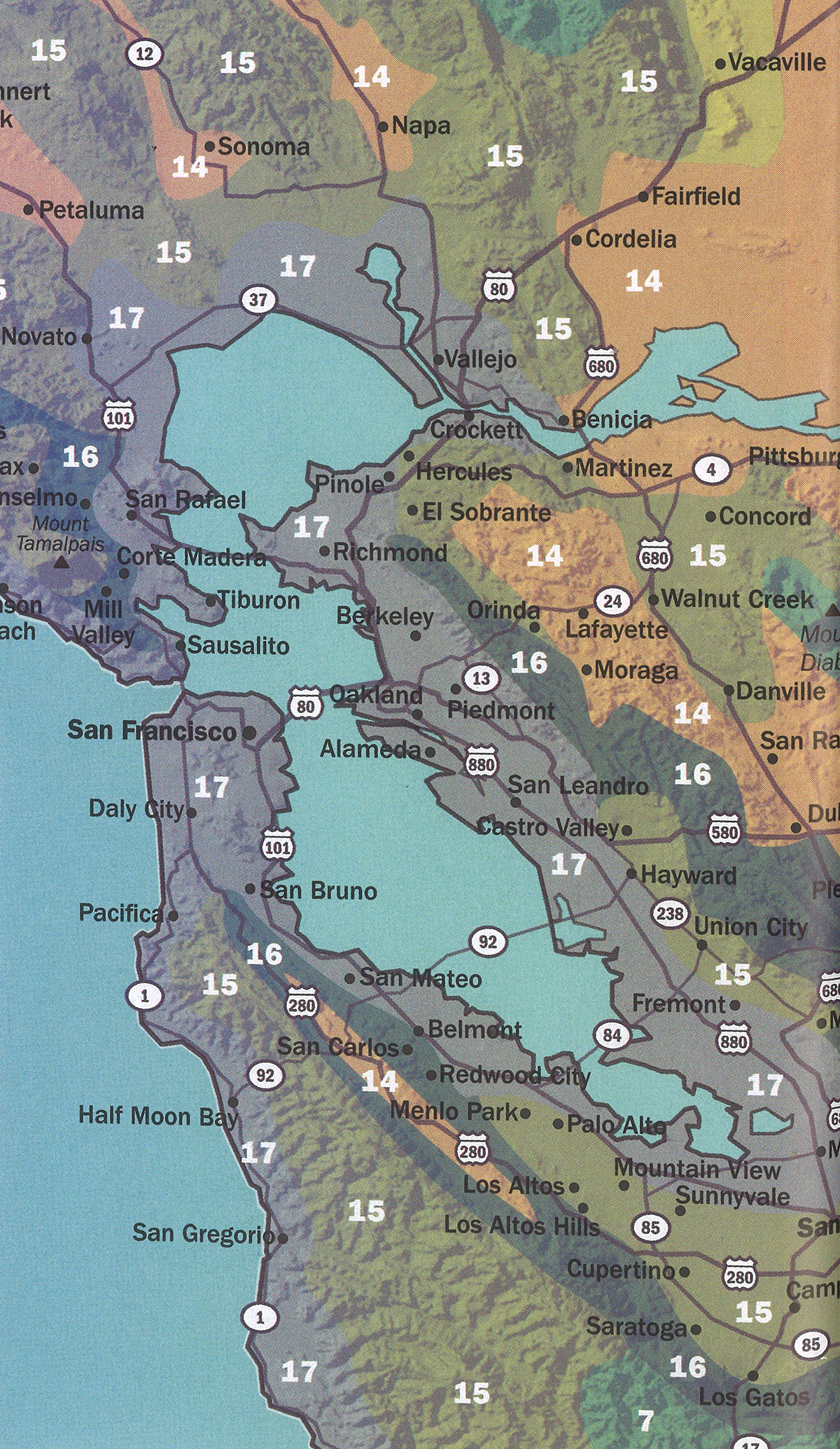
| synonyms | Platycerium bifurcatum subsp. veitchii | |
| height | 2–4ft | |
| width | 1–2ft | |
| tolerates | Drought, Heat | |
| water needs |
Low – Moderate | |
| water info |
This lithophytic (clings to rocks) fern is one of the most drought-tolerant and should go completely dry between waterings without skipping a beat. It’s easier to kill this species with kindness—excessive watering—than with neglect. Silver staghorn ferns evolved their sconce-like shape to funnel rainwater into their root zone, where accumulated leaf litter holds moisture and releases nutrients. Outdoors, simulate this by watering from above. Alternatively, you can dunk it in a bucket of water and allow the plant to drain completely before returning it to its place. If you are in a cool climate, use restraint in watering as lingering dampness in the crown can lead to rot. |
|
| hardy to |
27F | |
| exposure | Part Shade – Full Sun | |
| indoor outdoor |
Outdoor | |
| drainage | Orchid Bark, Requires Perfect Drainage | |
| fertilizing | All Purpose 1/2 Strength, Low Needs | |
| origin | Queensland, Australia | |
| california native |
No | |
| sunset zones |
13, 15–H2 |
Full Sun
Six or more hours of sun beams directly landing on the plant's leaves.
Part Shade
Three to five hours of sun beams directly landing on the plant's leaves.
Part Sun
One to two hours of sun beams directly landing on the plants leaves.
Full Shade
The plant is never fully lit by sun beams,
but is in a bright spot or has dappled sunbeams playing over the leaves throughout the day.
Deep Shade
The plant never has dappled light on the leaves, and is in a place that feels dim, even on a nice sunny day.
